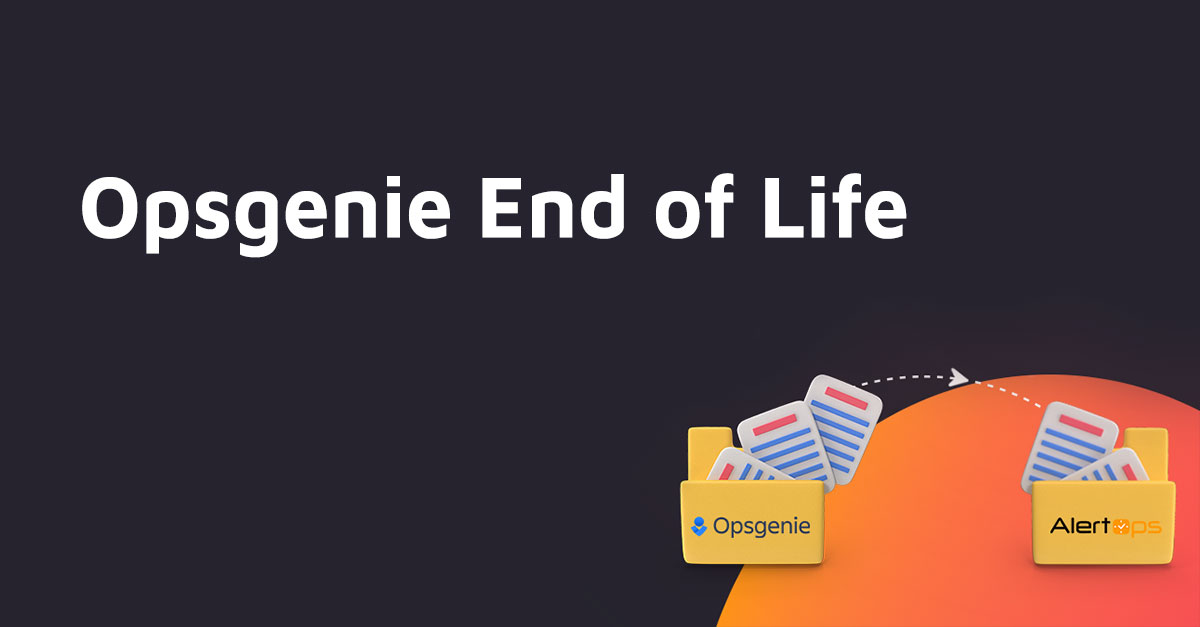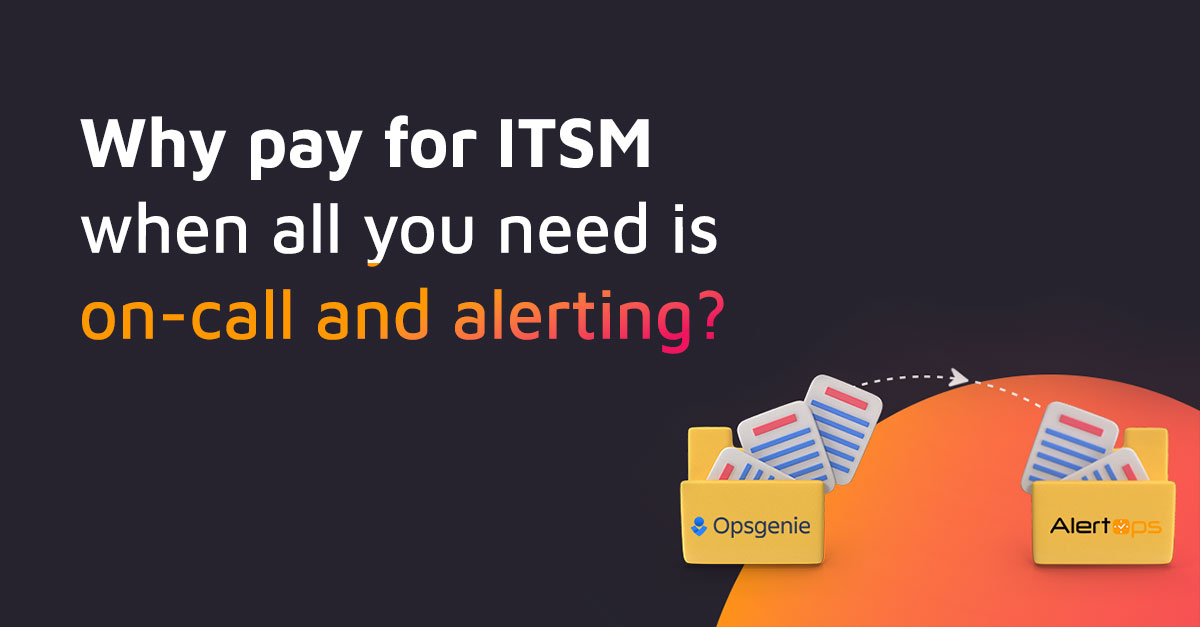Perhaps a good way to look at alert monitoring system workflows is like escalations on steroids. To understand why, let’s take a look at workflows and their importance to keep strategic partners up to date during a critical outage.
What is an Alert Notification System Workflow?
Incident management often involves several workflows for a single incident. Workflows are usually triggered by an event, such as a change in status. Or, workflows are time-based, and they are triggered by the passage of a specific amount of time (such as before or after conditions).
An alert tracking system that includes a workflow engine allows an enterprise to notify its strategic partners when a critical outage occurs. It also features out-of-the-box workflows that enable an enterprise to notify strategic partners hours before a service-level agreement (SLA) is broken.
Additionally, an alert monitoring system makes it simple to send a JIRA notification if a critical outage occurs. This notification can include details like when an incident is created, updated or resolved.
But why should an enterprise stop sending notifications to strategic partners when a critical outage occurs? Why not send notifications to all affected enterprise systems, too? An alert tracking system enables an enterprise to do just that – and much more.
Key Benefits of an Alert Tracking System
With an alert monitoring system, enterprise users can open an issue in JIRA. Next, they can assign the incident to key stakeholders and update the issue status in JIRA at any time. When the incident is resolved, enterprise users can update the status accordingly in JIRA.
An alert notification system also can be used in conjunction with other systems equipped with a Rest API. Simply configure an outbound integration to send messages to an external system. Then, plug these calls into workflows, and enterprise users can maintain consistent communication with key stakeholders at all times.
Of course, alert notification system workflows are more than just escalations. These workflows can be attached to message rules to build powerful events or time-based flows. They allow an enterprise to notify people, systems and strategic partners about any critical outage, at any time.
Incorporate Alert Notification System Workflows into Your Incident Management Processes
Service management SLA-based escalations and workflows can make an alert monitoring system an integral part of an enterprise incident management strategy. They allow an enterprise to notify strategic partners about a critical outage or other incidents.
Plus, workflows can be used to automate incident communications processes and ensure the right message goes out every time, on time. Enterprise users can even send regular status updates as well as closure updates to provide critical outage updates to strategic partners.
Workflows can be used to help manage enterprise service levels, too. Enterprise users can send reminders to incident owners at regular intervals or send reminders based on an SLA deadline. They can trigger notifications to people and systems. Furthermore, enterprise users can trigger change control processes and other workflows.
Lastly, an alert monitoring system allows enterprise users to define global SLAs based on priority or severity level. Enterprise users can trigger time-based escalations and notifications based on SLAs as well.
Workflows ultimately may make or break an enterprise incident response strategy. By using an alert tracking system with best-in-class workflow capabilities, an enterprise can keep its strategic partners informed until a critical outage or any other incident is fully resolved.


